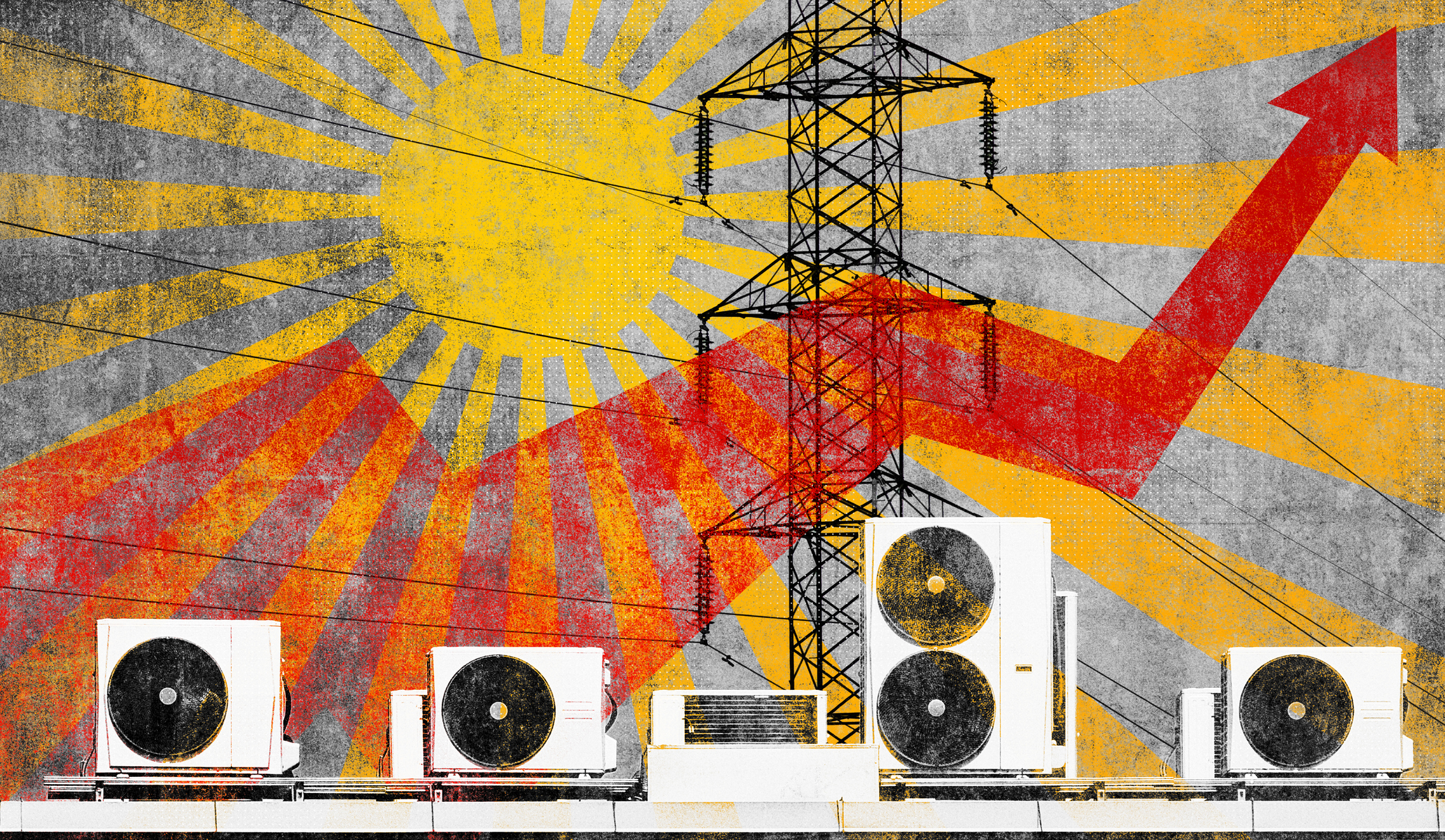Utilities faced a relatively static energy landscape for decades, with comparatively predictable load curves and demand. Global electrification and decarbonization efforts have upended that paradigm by shifting utilities away from reliable, but incredibly dirty sources like fossil fuels to an increasingly diversified energy portfolio. This represents but one of the challenges facing utilities that are simultaneously facing progressive increases in the adoption of distributed energy resources (DERs) like solar, battery, and EVs, technologies that disrupt pre-existing energy norms. Likewise, the aging national grid requires extremely costly transmission and distribution upgrades, an arduous task that requires immense capital to realize. With these issues, the increasingly volatile weather events, and temperature extremes brought about by climate change, utility CEOs face unprecedented obstacles in providing affordable, reliable energy.
Grid Reliability
The energy transition has proven a unique challenge to utilities by tasking them to divest from fossil fuels to hit decarbonization efforts, maintain continuity of service, and provide affordable energy to customers. These challenges are further exacerbated by aging infrastructure, higher occurrences of extreme weather events, and the unpredictability of renewable energies to meet demand. This has led some utility CEOs to question the Environmental Protection Agency’s (EPA) plans to eliminate carbon dioxide emissions. What that means for utilities is retiring the older, dirtier power plants that run on fossil fuels, presenting a challenge to many smaller, often rural utility operations and cooperatives.
Similarly, other utility CEOs parallel this messaging, warning that reliability issues will lead to atrophy within the industry, further compounding concerns. Reliability issues have remained a huge part of the conversation in 2023, including at the NRECA’s Legislative Conference. There, cooperative leaders urged Congress, FERC, and other federal agencies to prioritize reliability over decarbonization efforts. While those results have yet to play out, demand flexibility initiatives like demand response and EV managed charging offer these utilities an accessible and low-cost alternative to the expensive transmission and distribution upgrades necessary to meet demand.
Greater Access To Broadband
While this may not seem like an obvious challenge, national broadband access is essential to employing the numerous distributed energy resources (DERs) on the market to use in the demand flexibility load management solutions like demand response or EV charging necessary to meet decarbonization goals. Currently, the USDA reports that 22.3% of rural Americans lack access to broadband, a number that jumps to 27.7% in American Tribal communities. That’s why utility CEOs have called upon Congress to develop and deploy broadband in rural areas, to better connect homeowners, DERs, and the distributed energy resource management systems (DERMS) necessary to aggregate and control devices at scale.
Economic Reform & Infrastructure
As part of the ongoing infrastructure bills including the Inflation Reduction Act and Bipartisan Infrastructure Law, utility CEOs are eager for a new Farm Bill. These same industry leaders are calling upon Congress to expedite these programs, which will provide the further economic support needed to develop a greener grid. These programs are designed to help agrovoltaics, decarbonization, economic development, energy efficiency objectives, and more, all of which are necessary to aid rural cooperative members in electrifying. These bills will further incentivize participation in renewable energy programs including any number of available demand flexibility strategies.
Localized Dispatch
Localized dispatch is a load management strategy that targets specific, often challenging areas of the grid for demand flexibility initiatives. Because many utilities service enormous territories, particularly rural cooperatives, and municipal operations, localized dispatch is a helpful tool to attend to specific challenges as needed, while serving greater decarbonization efforts. This strategy has proven incredibly useful, even more so than wider-spread events, as a stopgap to enhance grid resiliency and defray high energy costs. For utility CEOs, localized dispatch will prove indispensable for future generations, especially as the energy landscape continues to evolve and more DERs are adopted.
What Keeps Utility CEOs Up At Night? Conclusion
As 2023 concludes, utilities are faced with mounting challenges. Already, utility CEOs are concerned about cold weather resiliency, and, in some cases, have already turned to winter peaking demand response strategies. In the U.S. Northeast, one utility has considered giving every customer a backup battery by 2030. From climate change driving extreme weather and damaging infrastructure and regulatory concerns pressing toward global decarbonization, utilities have much to worry about. While upgrading the grid may not be a viable option, there are opportunities out there or in development already to help utilities meet their demand flexibility goals, while strengthening grid resiliency and lowering high costs.





